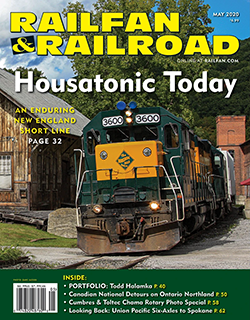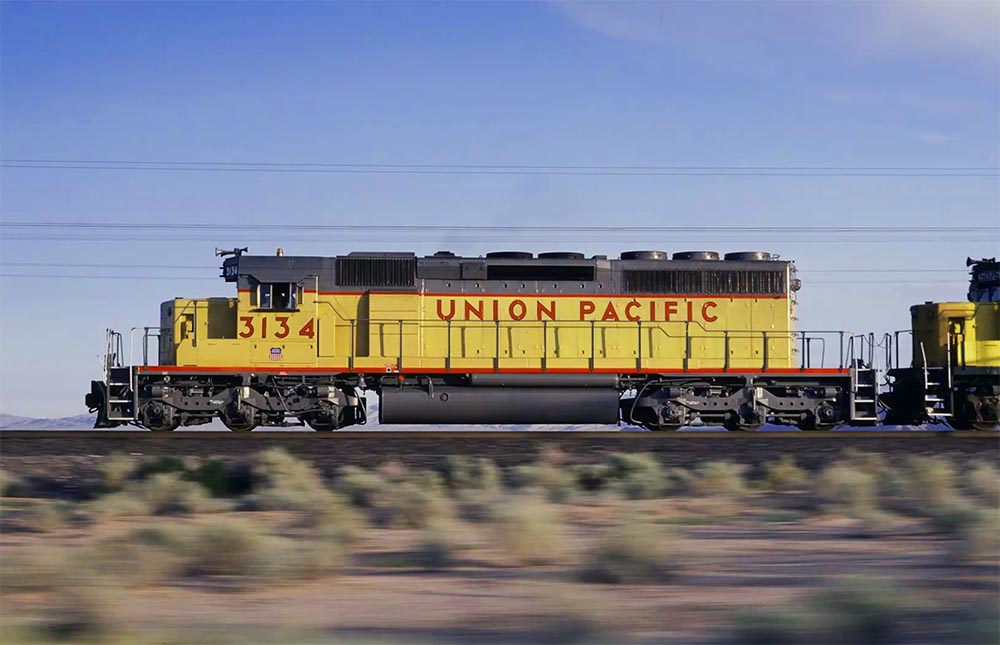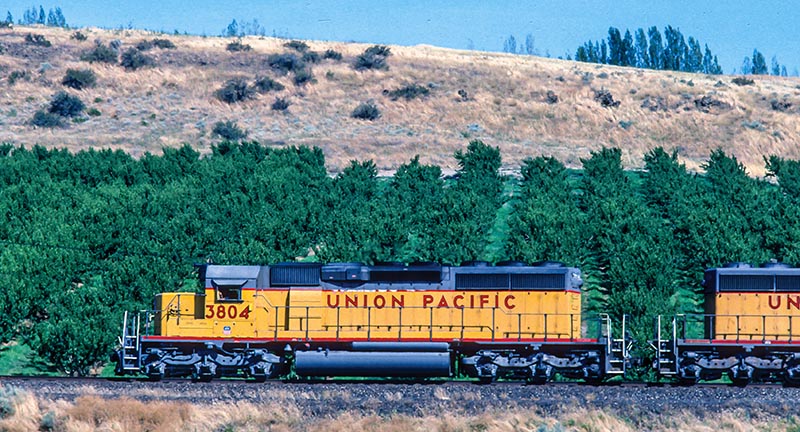 Sometimes we forget what a troubled time the 1970s were for railroading. After decades of strict regulation, increasing competition, and sometimes incompetent leadership, many of the nation’s railways were in pretty bad shape. Penn Central, the largest railway in the nation, declared bankruptcy in June 1970. The dominoes fell quickly after that when Rock Island went bankrupt in 1975, and The Milwaukee Road joined them two years later. By the end of the decade, thousands of miles of track were erased from the map, ripped up and sent to the scrapper to eke out what little cash there was in rusty steel.
Sometimes we forget what a troubled time the 1970s were for railroading. After decades of strict regulation, increasing competition, and sometimes incompetent leadership, many of the nation’s railways were in pretty bad shape. Penn Central, the largest railway in the nation, declared bankruptcy in June 1970. The dominoes fell quickly after that when Rock Island went bankrupt in 1975, and The Milwaukee Road joined them two years later. By the end of the decade, thousands of miles of track were erased from the map, ripped up and sent to the scrapper to eke out what little cash there was in rusty steel.
In the middle of all this mayhem, General Motors’ Electro-Motive Division launched its “Dash-2” line, locomotives built around a no-frills, back-to-basics principle of power and efficiency. The SD40-2 — see Ryan Reed’s story on page 62 — is emblematic of this philosophy. Externally, the lines are all angular, the result of sheet metal easily cut and welded with sharp edges, with no pretense of styling or ornamentation. Internally, the engine was a solid 16-cylinder block that had been in use at EMD for almost a decade. The biggest innovation was the introduction of modular, solid-state electronics, something completely invisible to the outside viewer but very critical to locomotive maintenance crews.
The SD40-2 was an amalgamation of features developed for other units. Aesthetics were inherited from the GP35 of 1963, while electronics came from the DDA40X of 1969. High-adhesion trucks came from EMD’s experimental SD45X, also of 1969. With kin ranging from the big SD45-2 and the smaller MP15AC switcher, the SD40-2 was not particularly exceptional. Instead, it was solid, reliable, stable, and strong without being brutish. It was there when you needed it, and capable of almost anything you asked of it. In a tumultuous time, both generally and within the railroad industry, it was a working class hero, a living lyric from a Bruce Springsteen song.

Union Pacific 3134 at speed. —Photo by Elrond Lawrence
It was also wildly popular. From its 1973 introduction to the end of its run in 1989, EMD turned out almost 4,000 units, one of the largest production runs in North American railway history.
Time wears down all things, and especially machines. The earliest SD40-2 models are now 47 years old, and relatively few are still used as main line power by any of the big Class I railroads. Many still hold down secondary assignments with work trains, branch locals, and jobs of that sort. Some have been rebuilt to so-called “Dash-3” standards. Others are transformed into “Tractive Effort Booster Units,” or what we used to call a “slug,” with engines removed but traction motors intact, allowing them to be slaved to a powered locomotive.
Many others, however, have simply disappeared. A handful are preserved in museum fleets. We owe our thanks to Union Pacific for helping save 3028 (ex-Chicago & North Western 6087) at Illinois Railroad Museum, 3105 (ex-Missouri Pacific 6027) at RailGiants Train Museum in Pomona, Calif., and 9950 (ex-MP 3320) at Western America Railroad Museum in Barstow, Calif. Who knows? Maybe one of these locomotives once powered through the old Ayers Sub in eastern Washington state, alongside the rest of UP’s thousand-strong fleet of working class heroes.
—Consulting Editor ALEXANDER BENJAMIN CRAGHEAD is a transportation historian, photographer, artist, and author.



